Should You Cancel Amazon Prime? Here Are 12 Good Reasons
Here's why it might be time to cancel your Amazon Prime subscription.
Erin Bendig
Amazon Prime is one of the many subscriptions you likely have and is arguably one of the most popular. It's not hard to see why: it's a no-brainer for the shipping perks alone. Amazon offers a wide range of benefits for Prime members across its many services, including free shipping on most items, Prime Video, Prime Music, the chance to get deep discounts on thousands of items during Prime Day and much more. But all that comes at a price.
With Amazon Prime costing you $139 a year for the annual subscription, it’s no surprise that consumers are wondering whether Amazon Prime is worth the price.
So, do you still need Amazon Prime? After all, anyone can buy from Amazon, you don’t need to be a Prime member. You just won't have access to the many perks that come with the service. Then again, there's a chance you don't even need or want some of those benefits anyway. To that end, we’ve listed 12 reasons you might want to cancel your Amazon Prime membership.
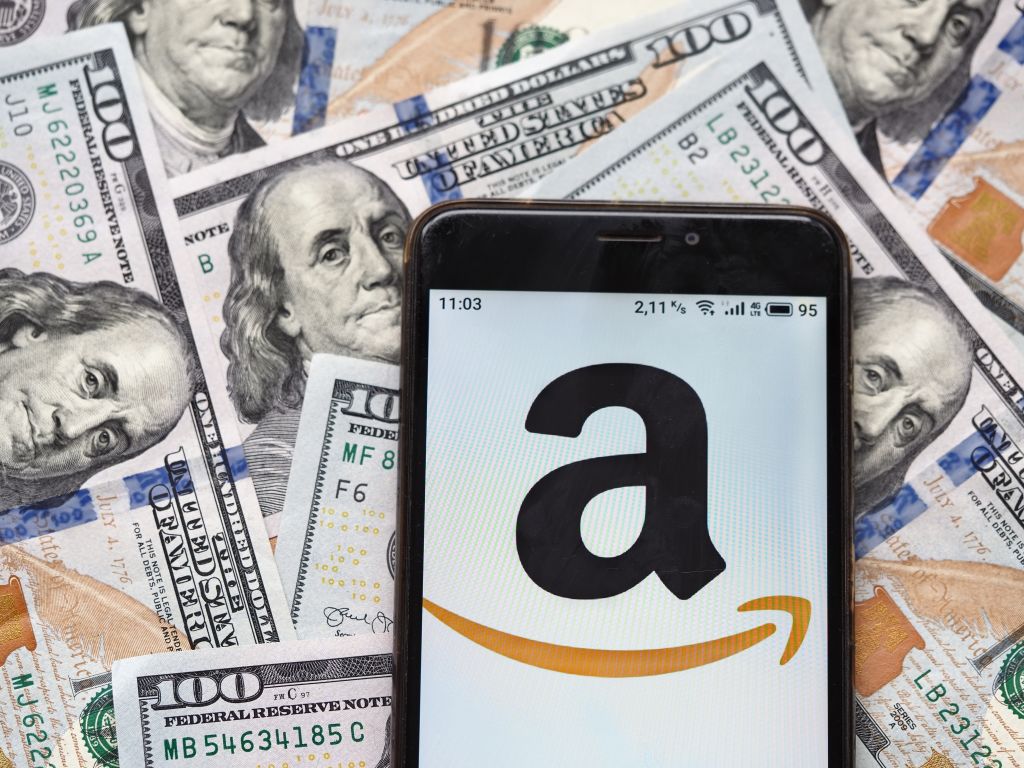
1. Amazon Prime is expensive
If you pay your Amazon Prime membership annually, (which is the most cost-effective option), you're shelling out $139 each year. If you pay monthly, you’re paying $14.99 a month, or about $180/year. At that price, you might ask yourself, how much are you really using Amazon Prime — and how much value are you gleaning from it?
“Because the membership has so many perks, one might assume that it’s worth it,” says Trae Bodge, smart shopping expert at True Trae. “For me, because I take advantage of many of the benefits, including free two-day shipping for my frequent purchases, and enjoy the video, music and book content, I have no question that it’s worth it. But if you do not shop frequently online, or don't use any of the many perks, it may not be.”
Not sure you're getting your money's worth? Check out the 35 best Amazon Prime benefits to use in 2024. There's likely perks you don't even know exist.
Amazon also makes it easy to track how much you’ve spent and what items you’ve purchased (a gimmick that also works to Amazon’s advantage when you want to reorder an item). Click on “Returns & Orders” at the top of the Amazon home page after you sign in. It defaults to your orders for the last three months. On that drop-down list, you can choose yearly time frames. You can also search for an item, say pants, and you'll see only those orders.
It’s the more frivolous items — the things you probably wouldn't pick up in a physical store or if they hadn’t come with free shipping — that can really add up.
So here's the question? Is having Amazon Prime causing you to spend too much at Amazon throughout the year? That’s just one key reason you might ask yourself: “Do I need Amazon Prime?”
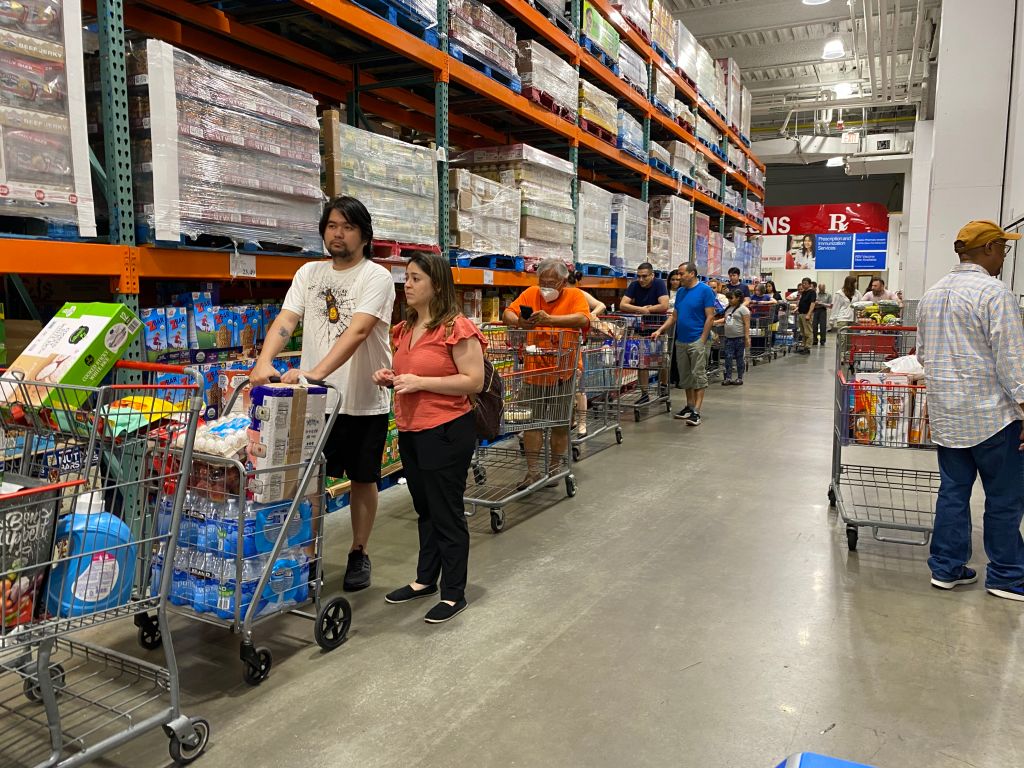
2. Amazon Prime isn’t your only retail membership
Your Prime membership might get you access to free delivery and deals on electronics, groceries, clothing, everyday goods and more, but Amazon isn’t the only place selling these products.
Keep an eye on Costco and Sam's Club memberships. Both retailers require membership fees for the biggest discounts, but there’s considerable overlap in the products they offer. If you're stacking several retail memberships, but find yourself using one of the warehouse clubs more than Prime, it may be time to cancel your Amazon Prime membership.

3.Amazon Prime's 30-day trial is nice, but...
We’ve previously suggested taking advantage of the 30-day Amazon free trial option as long as you remember to quit before the monthly fees kick in — and we stand by this tip.
You’re only eligible for one Amazon Prime free trial period every 12 months, so you could wait to sign up and take advantage of Prime Day deals, or join for a month or two (one free, one paid) in the winter to save some money on your holiday shopping.
Do be warned, though: if you cancel Amazon Prime before the free trial period ends, you’ll lose access to any of the program’s perks immediately, so be certain you don't need any of the Prime member benefits anymore, before calling it quits.
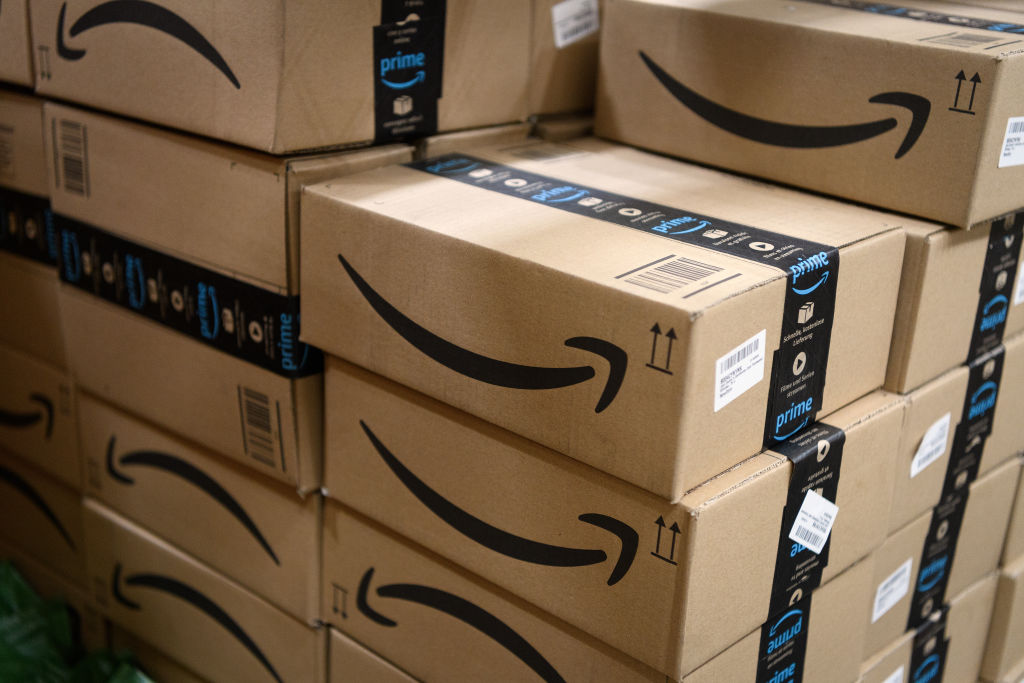
4. Amazon Prime’s free shipping is far from unique
Early on, the biggest bonus of a yearly Prime membership was the free two-day (then one-day and, in some places, same-day) shipping which used to be rare in the retail world. But that's just no longer the case.
Businesses have stepped up their game to stay competitive, and now there are many alternative retailers offering free shipping plans, including Walmart and Target. These retail giants also offer same-day, or in-store pickup options, that don’t come with an annual $139 (or more) price tag. And, both retailers have invested significant amounts of time and money into making drive-up pick-up easy and convenient.
“Walmart’s and Target’s drive-up, pick-up options provide same-day purchase convenience without having to go in the store,” says consumer savings expert Andrea Woroch. “If you need to buy something urgently like diapers or milk, choose drive-up, pick-up options when ordering from big box retailers like Walmart and Target. This doesn’t cost extra!”
Woroch makes another important point:. “Not everything you need or want to buy is sold and shipped by Amazon, so it may not be available for Prime two-day shipping anyway. That means it will likely take longer to arrive in the mail. Plus, returns are often much more of a pain to deal with when it comes from a third-party retailer.”
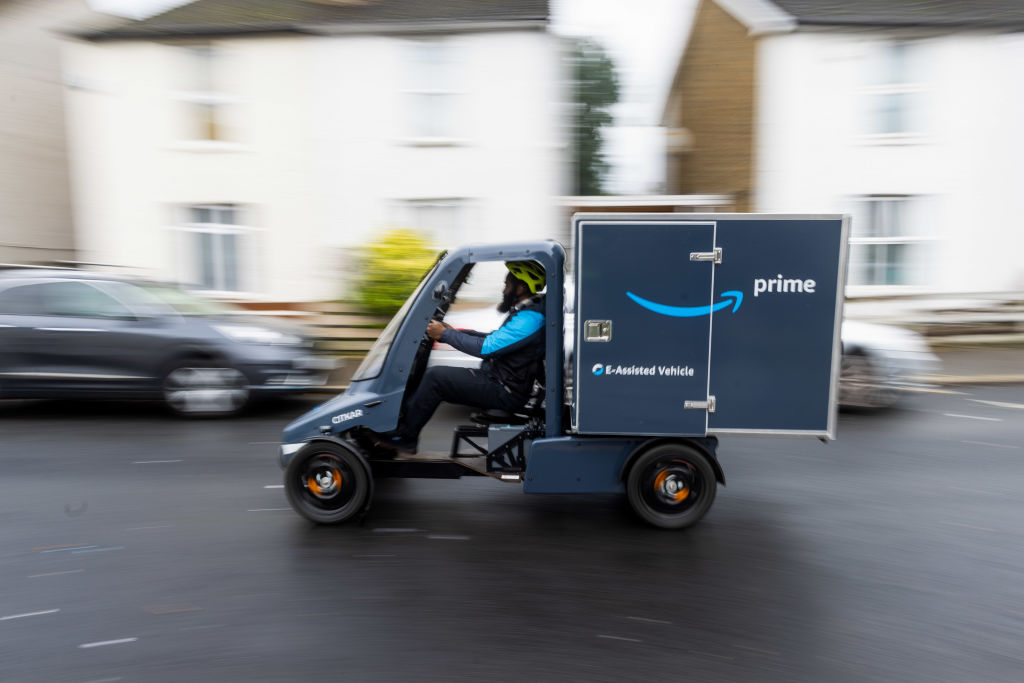
5. You don’t need a prime membership to get free shipping from Amazon
Prime’s most obvious benefit is free shipping, everyone knows that. But did you know that everyone can get free shipping on Amazon — without paying the $139 a year?
“Amazon has a $35 free shipping threshold for non-Prime members,” says Trae Bodge. “If you tend to buy items over $35 or you are patient enough to combine several items into one order, do you need to pay $139 per year [for Prime membership]?”
There's another potential benefit from shopping this way; if you wait until there's at least $35 worth of items in your basket, you might cut down on impulse buys. You can also use the Subscribe and Save program. Not only can you save on many items you use often, but you don't have to be a member to receive free shipping on these items.
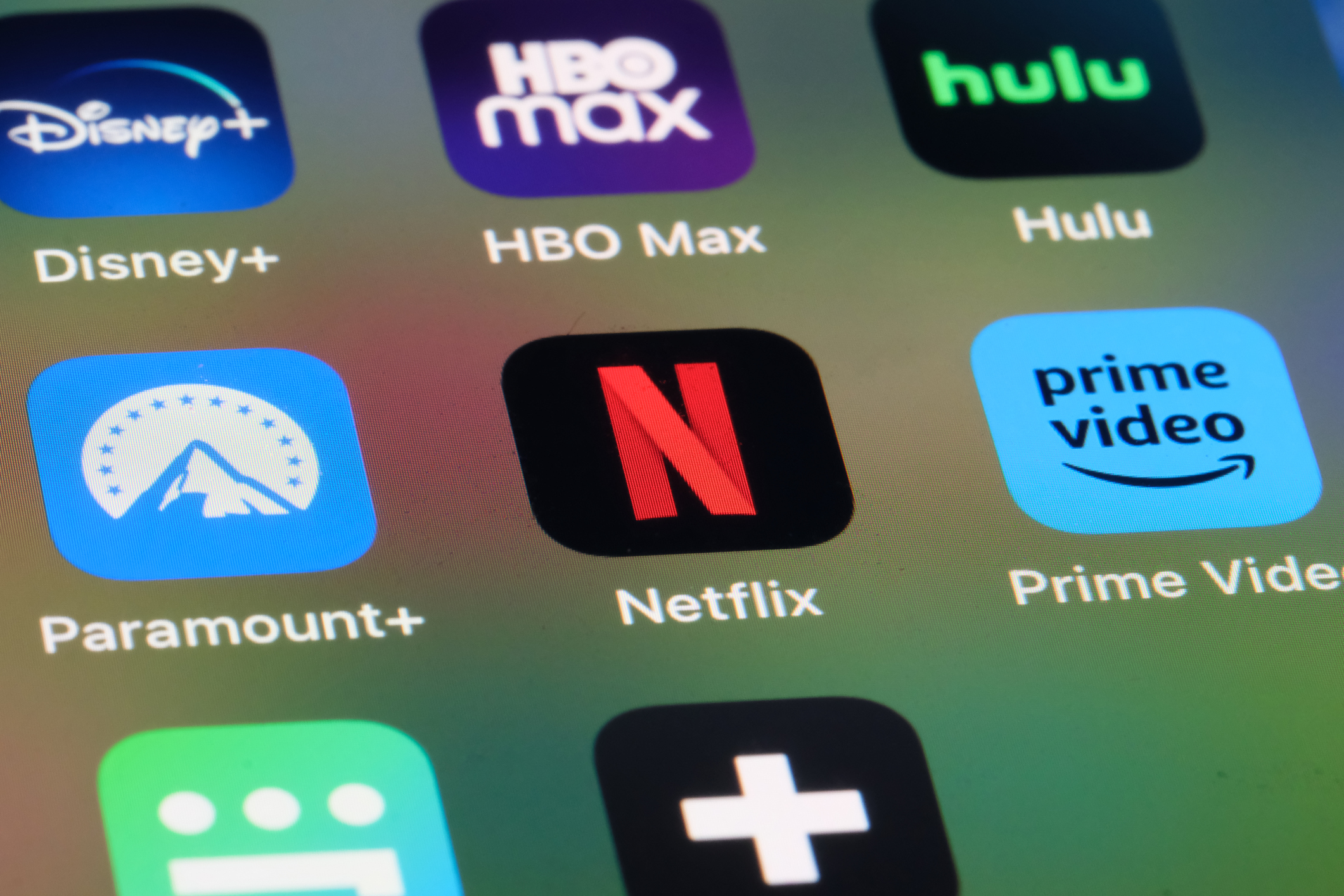
6. There are better options for ebooks and video streaming
Do you own any Amazon devices? And if so, how much of their software do you use? I’m on my second Kindle reader, and I’ve yet to download any free publications from Prime Reading or Amazon First Reads to my device.
The same can be said in our household for Prime Video, Amazon’s streaming service. As with any service in this ever-expanding market, Prime Video has its own originals like Reacher, The Fallout, Invincible, The Chosen, and The Boys (just to name a few), but you can likely find plenty of entertainment elsewhere. And, there are other, cheaper ways to get your reading and viewing fix.
“You can stream TV shows, movies and get audio/ebooks for free from your local library’s digital platform,” said Woroch. “Just apply for a library card online and forget Prime Video.”
And if you're only signed up to Amazon Prime to stream the latest movies and shows on Prime Video, you could always consider just signing up for the standalone Prime Video membership option ($8.99/month, or $107.88/annually) instead. If you want to watch Prime Video without ads, you'll have to fork out another $2.99 per month on top of the monthly price.

7. You’re probably not using Amazon Photo storage (like they’re bugging you to)
Amazon Photos offers unlimited cloud storage for all of your photos, a Prime perk that Amazon is constantly pushing. “Unlimited” is pretty good — Amazon users without Prime only get 5GB of free storage — but if you’re like me and you are already utilizing the Apple cloud for photo storage, Prime’s offer would be redundant
You can also use Google Photos. You only get 15 GB of Google account cloud storage. But, if you're a Google One member, you may get additional storage. Keep in mind, if you're inactive in Google Photos for two or more years, or if you're out of storage, your Photos content may be deleted.
Here’s another big drawback to Amazon Photos. If you’ve taken advantage of that service and decide to cancel your Amazon Prime membership, you could, according to Amazon’s service agreement, lose some of your stored photos.
“If you exceed your Service Plan’s storage limit, including by downgrading or not renewing your Service Plan or no longer qualifying for an Additional Benefit,” the policy states, “we may delete or restrict access to your files. We may impose other restrictions on use of the Service.”
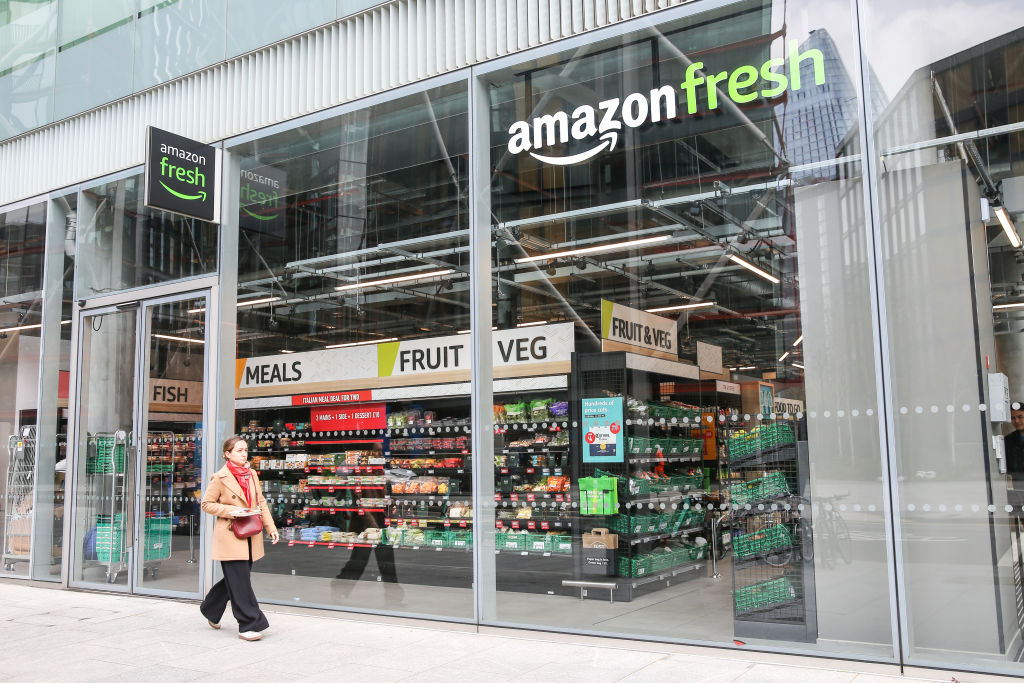
8. Grocery delivery is a limited Amazon Prime benefit
In the past, Amazon tacked on a monthly $14.99 charge (even for Prime members) for its Amazon Fresh grocery delivery service. That charge was lifted, but in February 2023, the threshold for free delivery was reinstated for smaller orders.
Orders over $100 with a two-hour delivery window are free with a Prime membership. Customers will be charged a variable fee for orders less than $100. Under the new policy, delivery charges will be $6.95 for orders between $50 and $100, and $9.95 for orders under $50. Customers who are not Prime members will be charged $4.95 to $13.95 depending on basket size and the delivery window selected.
Also, per Amazon, free grocery delivery is only available to "Prime members in select regions on Amazon Fresh orders that meet the local free delivery threshold.” So you’ll need to sign into your account or punch in your zip code to see if your located in an eligible area.
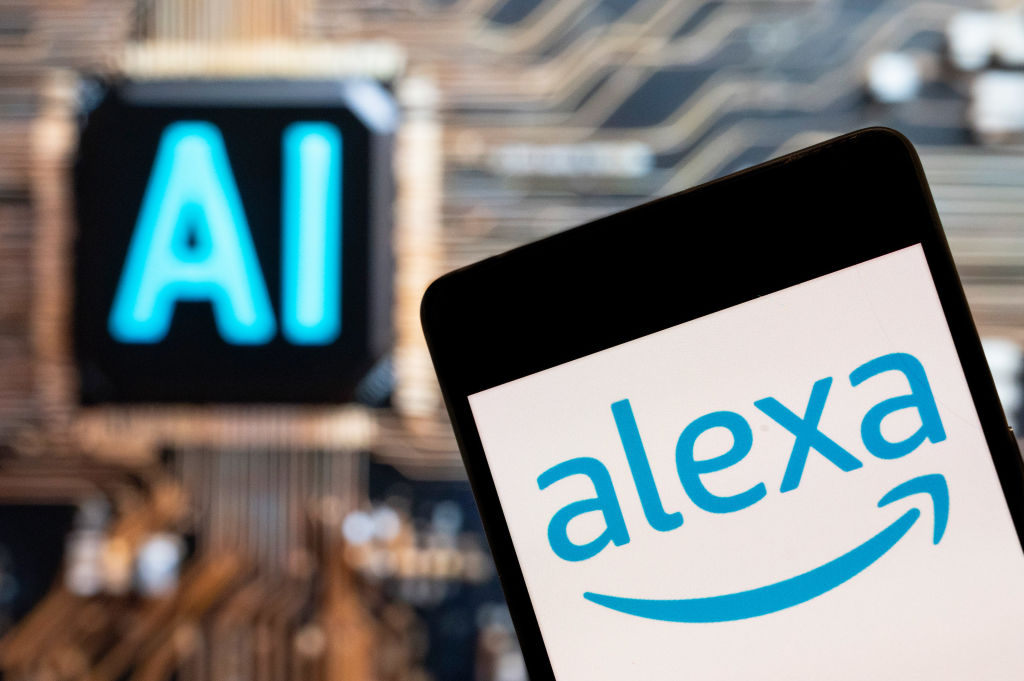
9. Alexa not up to the task
Alexa, Amazon’s cloud-based voice service, is already embedded on over 100 million Echo and smart devices both from Amazon and third-party manufacturers.
While the voice assistant might help you reorder products easily, find your favorite music and even sing you “Happy Birthday,” Alexa has its limitations — and Amazon knows it. That said, Amazon employs scientists who are currently working to develop faster, easier and more accurate information from the device. Plus, the device gets smarter with every interaction.
And while Amazon has revealed plans for new Alexa features, like more natural conversations and call translation, there's every chance these new perks might not be of interest or relevant to your specific day-to-day rhythm.

10. Prime Day is mostly a huge garage sale
Amazon’s Prime Early Access Sale was a huge success (In 2022, Prime members purchased more than 375 million items worldwide and saved more than $2.5 billion). So clearly, we spend an awful lot of money during Prime Day events. But are these sales even worth it?
It’s easy to get excited about a sale event, but some of those “deals" are often Amazon’s proprietary products and third-party products that likely didn’t sell well at full price. While you can find the odd gem here and there, buyer’s remorse can quickly set in. If you're looking for advice on how not to approach these kinds of events, we've listed some reasons you shouldn't shop on Amazon Prime Day.
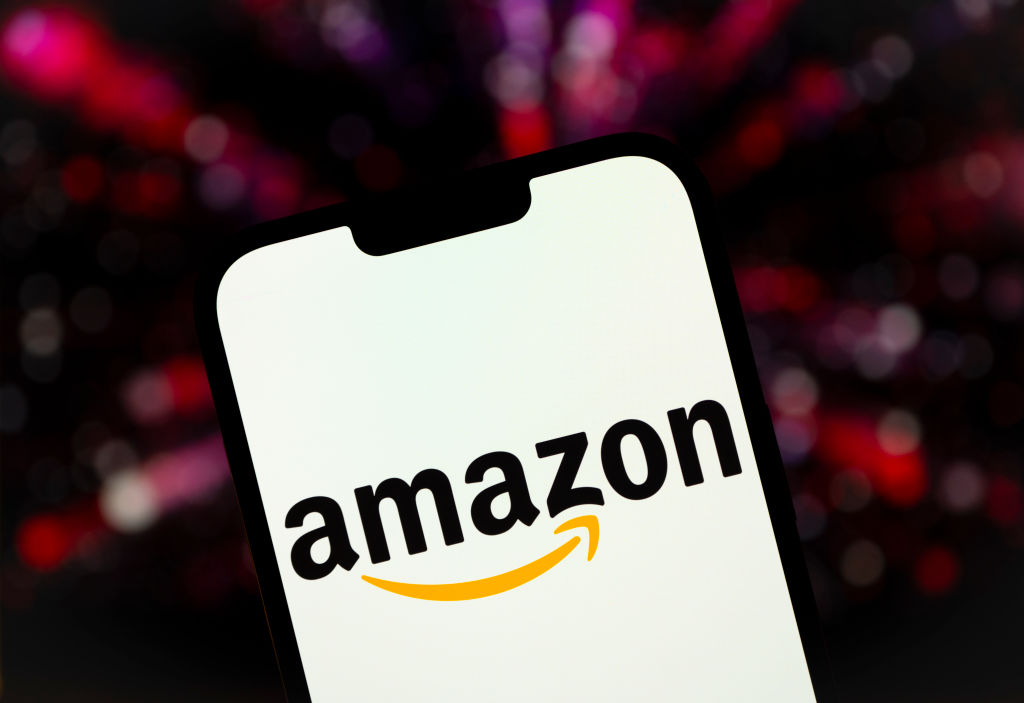
11. Maybe those Amazon Prime offers aren’t so hot
If you’re a Prime member, Amazon might be your first port of call for most things. You find the product you're looking for, check out, and move on… but you might not be getting the best value for your money if you shop this way.
“While Amazon has a vast selection and often very good prices, those prices aren’t always the lowest,” said Trae Bodge. “If you have a renewal coming up, try installing a browser extension that compares prices on Amazon versus other sites, like Cently from CouponFollow.” Likewise, Capital One Shopping automatically applies coupons to your cart, gives you price drop notifications, shopping rewards and more and is free to sign up.
Bodge suggests the following strategy to see whether Amazon Prime is really worth it for your regular purchases: “For your next several orders, pay attention to the Cently alert as you browse. If you’re consistently getting the best price on your chosen items on Amazon, you might want to hang onto your Prime membership, but if you find that other sites have better prices on what you’re shopping for, think about canceling.”
“You can often find better prices at competitors, and most big-box retailers will even price-match Amazon if they do have a lower price — including Walmart, Target and Best Buy,” says Woroch. “So why pay for Prime when you can get Amazon’s low prices at a regular retailer anyway?”
If you can’t or don’t want to install a browser extension, you can still do your own price comparisons the old-fashioned way. This is particularly valuable when Amazon starts pushing personalized recommendations your way to try and tempt you into picking up additional items.
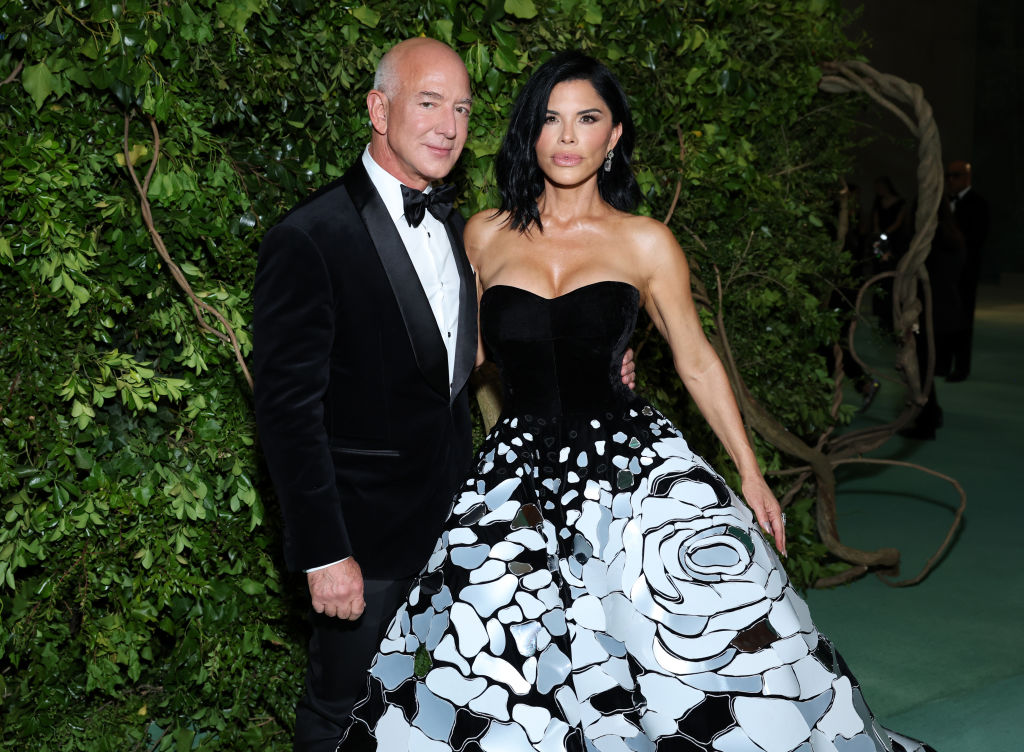
12. Jeff Bezos
If you're struggling to make ends meet, you may scoff at Amazon's founder, Jeff Bezos — who transformed the online-only bookstore into the world’s biggest online retailer that now sells electronics, household goods, books and basically anything else you can think of.
Amazon has made Bezos an astonishing amount of money, with a total net worth of $94 billion as of 2024 (per Forbes). He’s put his wealth to use over the years by acquiring companies such as Audible, Ring and Whole Foods Markets. Plus, he’s snapped up The Washington Post, launched a commercial aerospace venture — Blue Origin — and acquired MGM Movie Studios for a cool $8.5 billion in 2022.
Given how big Amazon is, some consumers might prefer to support smaller, independent or local businesses rather than buy from such a large corporation.
Get Kiplinger Today newsletter — free
Profit and prosper with the best of Kiplinger's advice on investing, taxes, retirement, personal finance and much more. Delivered daily. Enter your email in the box and click Sign Me Up.

For the past 18+ years, Kathryn has highlighted the humanity in personal finance by shaping stories that identify the opportunities and obstacles in managing a person's finances. All the same, she’ll jump on other equally important topics if needed. Kathryn graduated with a degree in Journalism and lives in Duluth, Minnesota. She joined Kiplinger in 2023 as a contributor.
- Erin BendigPersonal Finance Writer
-
 Six Ways to Pay Off High-Interest Debt (and Still Save for the Future)
Six Ways to Pay Off High-Interest Debt (and Still Save for the Future)Get out of debt and reach your goals sooner by starting with a well-thought-out plan.
By Kiplinger Advisor Collective
-
 Vaccines Medicare Covers for Free
Vaccines Medicare Covers for FreeThe U.S. is experiencing an outbreak of measles and is on track to have the most whooping cough cases since 1948; these vaccines Medicare covers for free can keep you safe.
By Donna LeValley
-
 5 Treats to Splurge on with Your Tax Refund
5 Treats to Splurge on with Your Tax RefundWant to use your tax refund to splurge on a little something nice this spring? Here are five treats to make the most out of that extra cash.
By Rachael Green
-
 Starbucks 2025 Dress Code Changes: See the New Look
Starbucks 2025 Dress Code Changes: See the New LookThe 2025 Starbucks dress code change features a uniformed look as part of creating a more familiar and friendly cafe experience.
By Sean Jackson
-
 Sam's Club Plans Aggressive Expansion: Discover Its New Locations
Sam's Club Plans Aggressive Expansion: Discover Its New LocationsSam's Club expansion plans will open up to 15 new stores each year. Learn where they plan to open in 2025.
By Sean Jackson
-
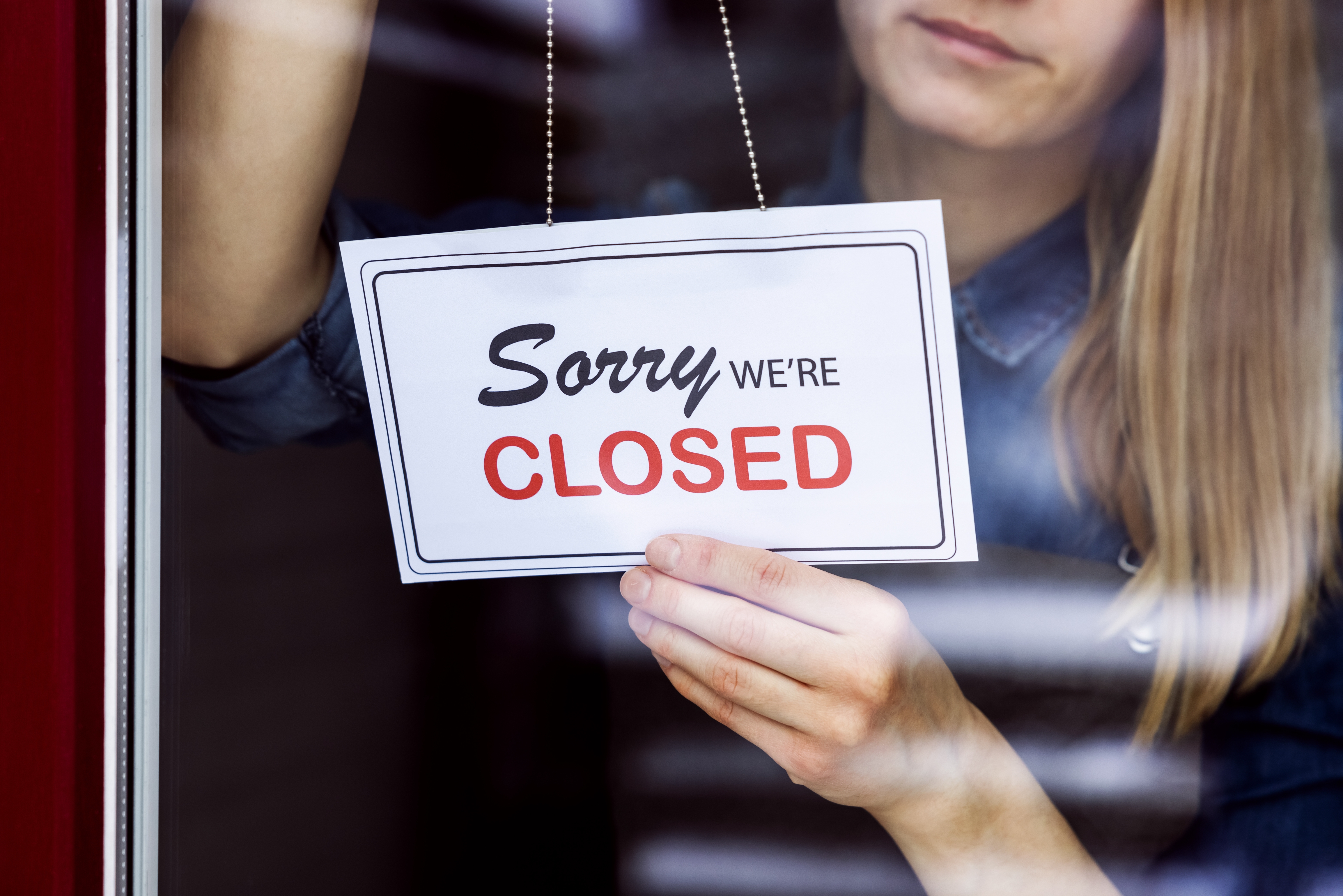 Don’t Panic About the 'Retail Blackout' – See Which Stores Are Closing (and Which Aren’t) for Easter 2025
Don’t Panic About the 'Retail Blackout' – See Which Stores Are Closing (and Which Aren’t) for Easter 2025Dozens of major retailers are planning to close their doors on April 20. Find out which of your go-to stores are on the list.
By Rachael Green
-
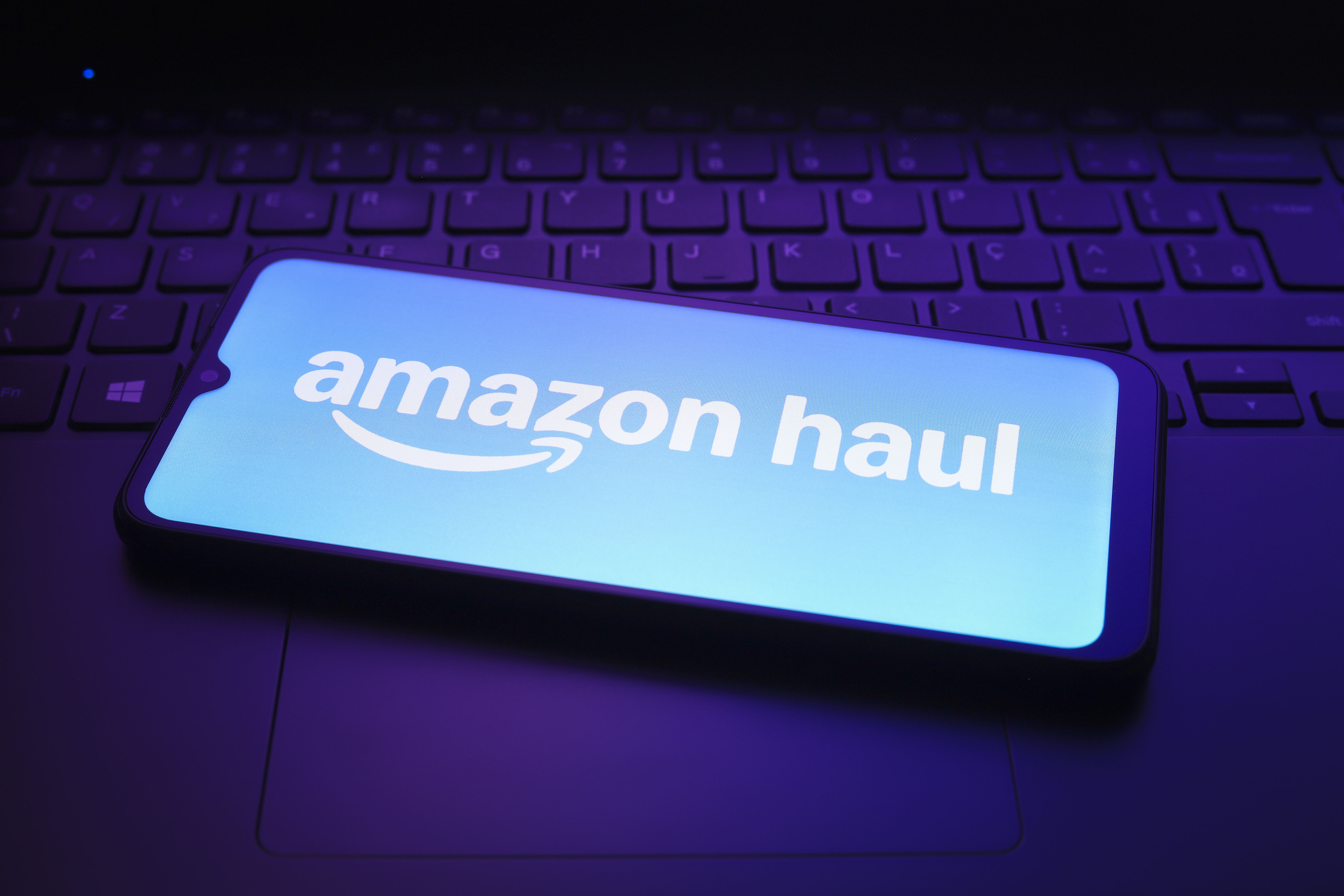 Amazon Haul Online Is Here – Shop Under $20 Deals Without the App
Amazon Haul Online Is Here – Shop Under $20 Deals Without the AppThe Amazon storefront where everything costs $20 or less is now available online.
By Rachael Green
-
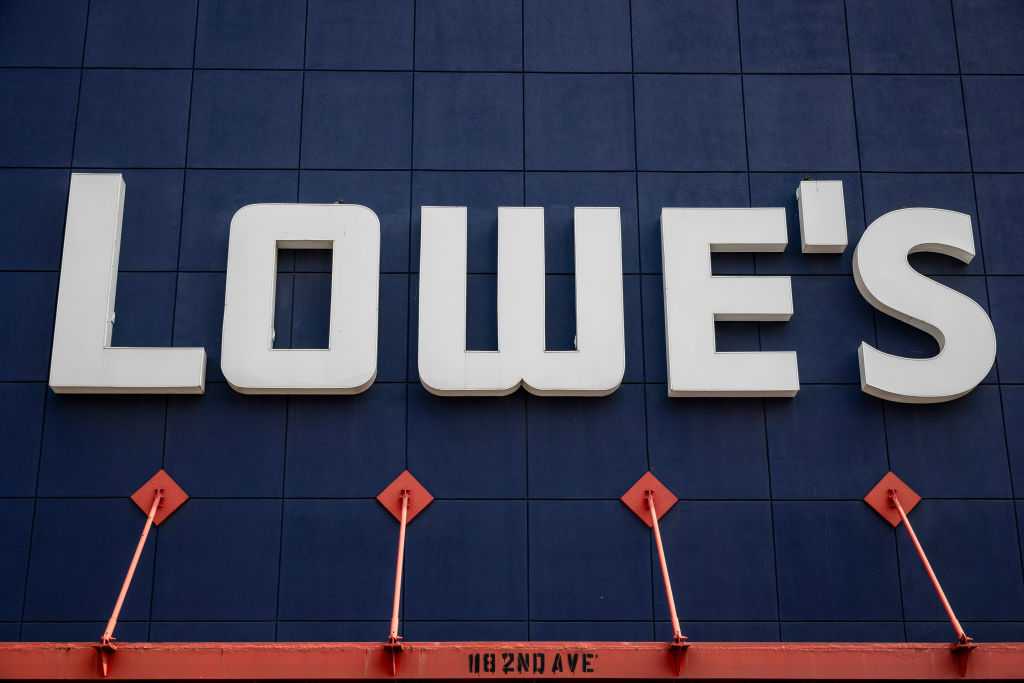 Lowe's Stores Closing All Locations for 24 Hours
Lowe's Stores Closing All Locations for 24 HoursLowe's will close all of its retail locations and contact center for one day in April.
By Sean Jackson
-
 Trump's Tariffs Could Make Your Favorite Clothing Brands More Expensive
Trump's Tariffs Could Make Your Favorite Clothing Brands More ExpensivePresident Donald Trump announced tariffs on imported goods from a litany of countries. See how these tariffs will impact your favorite clothing line.
By Sean Jackson
-
 GameStop Is Closing More Stores — Here’s Where to Shop Instead
GameStop Is Closing More Stores — Here’s Where to Shop InsteadAs GameStop closes more locations, here’s how to score similar deals on games, consoles and collectibles at other major retailers.
By Kathryn Pomroy

